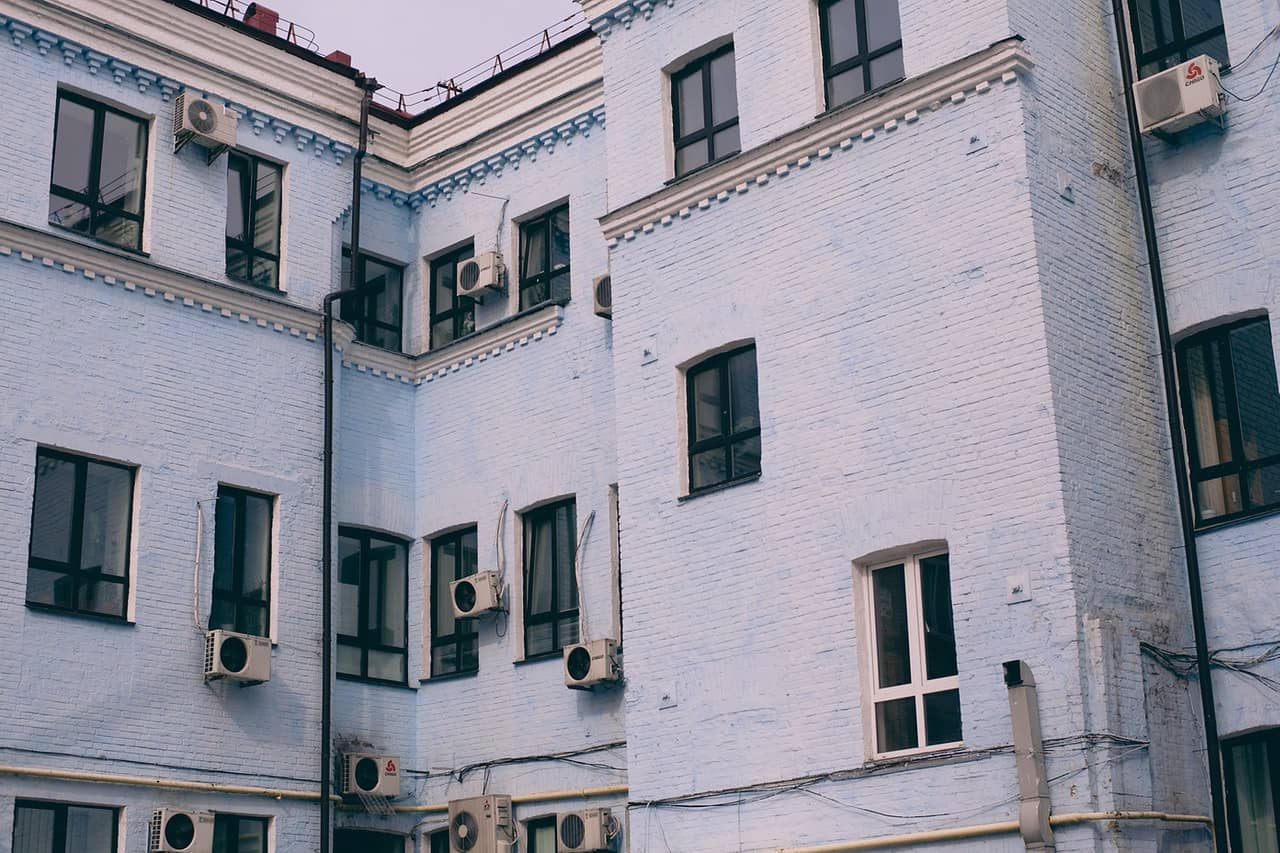What do you know about the HVAC system? Is this the first time you’ve heard of it? Are you planning on getting one as a home improvement? Or are you a business owner interested in installing one in your workplace? Whatever the case may be, it is best to know everything about HVAC systems first before spending your money on them.
HVAC systems are considered milestones of building mechanical systems. This system provides thermal control, indoor comfort, and high indoor air quality for the building occupants where the system is installed. The HVAC systems are designed using the principles of fluid mechanics, thermodynamics, and heat transfer.

What is HVAC?
The initials HVAC is an acronym for heating, ventilation, and air conditioning. Each letter is a designation for every function the system can provide. The primary purpose of the HVAC system is to improve indoor air quality and provide comfort to every occupant inside the building.
One of the system’s functions is to maintain the air temperature in the household or workplace at a comfortable level. This function can be achieved by either heating or cooling the air within the building. In line with this, the system can keep you cozy and warm during the winter seasons and feeling fresh and cool during summer times.
In addition to temperature control, the HVAC system is also responsible for proper ventilation and filtering the air indoors. Ventilation is the process of exchanging or replacing the air within the building. The filtration process involves removing dust, smoke, odors, heat, moisture, airborne bacteria, carbon dioxide, and other gasses. As a result, the humidity level is kept at an optimal level, and clean air indoors is also guaranteed.
Nowadays, you can find HVAC systems almost everywhere. They are an essential part of different buildings, including residential buildings (e.g., homes, condos, apartments), commercial buildings (e.g., schools, hospitals, hotels, office buildings), and industrial buildings (e.g., warehouses, factories, manufacturing plants). They can also be found in submarines, where they provide means for environmental comfort.
How does the HVAC System work?
Many components make up the HVAC system as a whole. While there are instances that the components work independently, it is more common when every component is working alongside the others. This type of technology is called “combined systems,” which includes both AC systems and central heating in the HVAC system.
However, the HVAC system is more than just warming up or cooling down your working or living space. This system is a way to fully transform the indoor air quality and create a comfortable environment for all the residents inside the building.
There are multiple varieties of HVAC systems available in the market. However, at their core, they are created based on the same build concepts. And that is, the system starts outside, not inside. The fresh air from the outside environment is brought in by the process called ventilation. It can happen in two (2) different ways.
Natural Ventilation
Natural ventilation is when the space is being ventilated without using special equipment, construction, and any add-ons. This method is commonly observed in households. Natural ventilation also refers to how the air travels in and out of the building through doors, windows, vents, and other entry and exit points.
This natural exchange of air is vital in replenishing the oxygen levels inside the house. In addition, it is useful in getting rid of odor, filtering out carbon dioxide, and removing excess moisture in your home.
Mechanical Ventilation
Mechanical ventilation is the method of transporting the air in and out of the building using mechanical systems. In the past, most homes and buildings had plenty of natural ventilation. It is through the gaps in the construction and the opening and closing of the door. However, modern architecture is opting for a more tightly sealed home.
That is why ventilation is becoming a more vital component in HVAC systems. First, the air from the outside environment enters the building through a specially designed air inlet unit, then the work immediately begins. Then, the air is filtered thoroughly to remove the dust, dirt, allergens, and many other particles.
Once the filtering procedure is finished, the air is sent out to be either cooled or heated and remove the excess humidity. When the air is fresh, clean, and at a comfortable temperature, it is then directed in your home. However, the air will travel through a network of ducts and then to the designated rooms in central systems.
An HVAC system is a complex technology that can be confusing to understand at first. Hence, if you purchase this system, it is also challenging to maintain it all by yourself. Therefore, it is recommended to leave the maintenance to the licensed personnel or a company like Blue National HVAC.
Wrapping Up
There was once when “HVAC” was a term only used by industry professionals and people wealthy enough to afford it. However, now, it has become more popular, and the entire industry has opened up. At present, this system is an integral part of any residential building, commercial buildings, and industrial buildings.
In addition, the building performance and sustainability trends further raised people’s interest in HVAC systems. Therefore, upon finishing reading this, we hope that you better understand what an HVAC system is and how it works.




